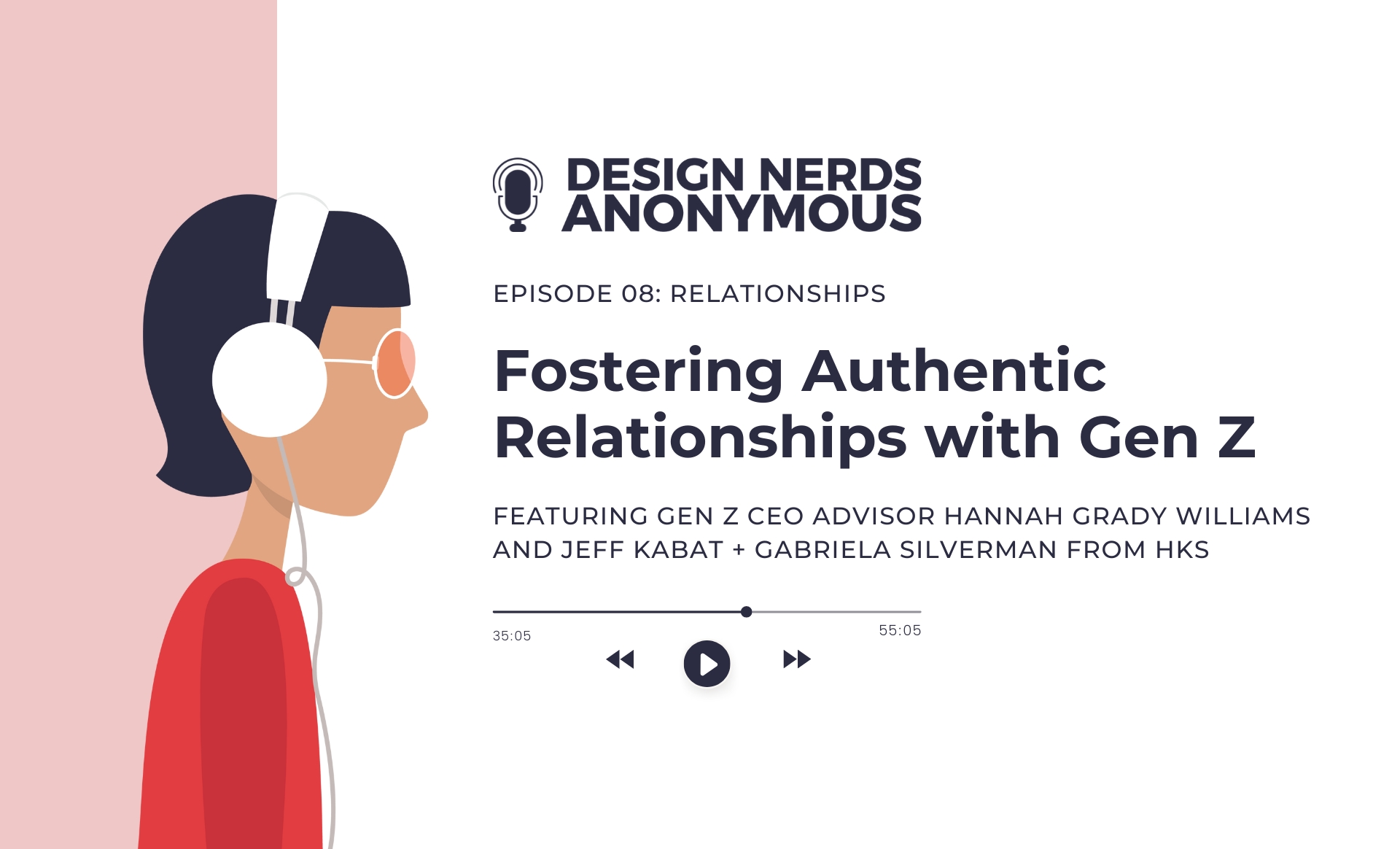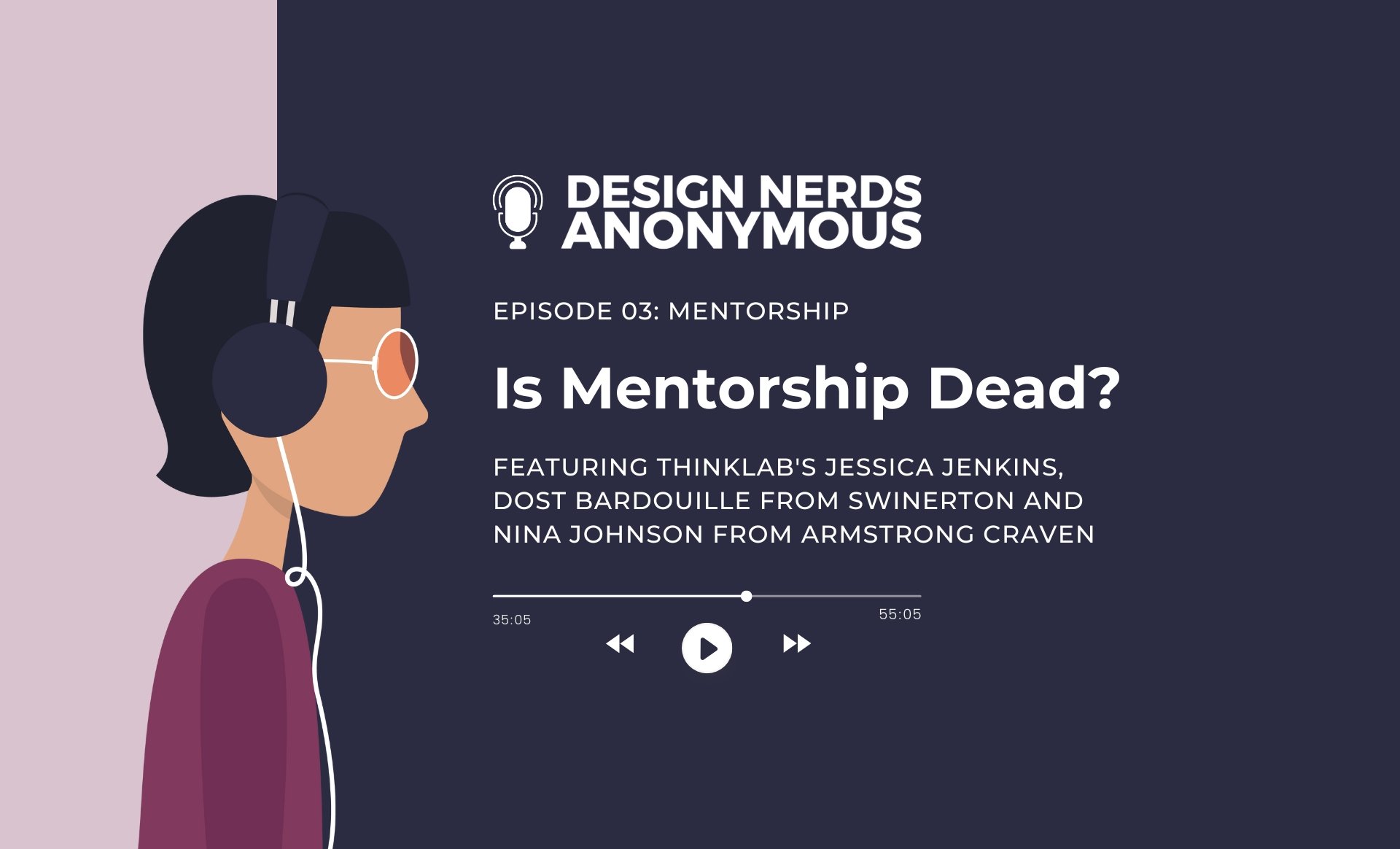
There’s an underlying effect that’s plaguing the workplace – and hint: it’s not a virus. Well, not exactly. It’s actually the disproportionate effect COVID-19 has had on women in the workplace.
According to the 2019 AIGA Design Census, 61 percent of designers working at the time of the survey were women. Yet the same study found that only 11 percent of women held design firm leadership roles. But the design industry isn’t the only one that lacks female leadership. Data from this year’s Women in the Workplace, a joint project by LeanIn.Org and McKinsey & Company, shows that between 2015 and 2020, the share of women in senior vice president roles grew from 23 percent to 28 percent — and rose from 17 percent to 21 percent for roles in the C-suite, improving, but still a minor representation.
So it shouldn’t come as a surprise that when the COVID-19–related lockdowns devastated the economy, the group hit the hardest across the board was undoubtedly women, especially mothers. One recent study found that in families with married couples who work full time, women provide close to 70 percent of child care during standard working hours. Perhaps that’s why Women in the Marketplace 2020 found that one in four women are contemplating downshifting their careers or leaving the workforce entirely. While these numbers suggest that the progress women have made over the past century is in jeopardy, they also highlight the considerable opportunity workforce design and strategy now have to pull women back in — and to make the workplace inclusive for every individual.
As Heather Rose-Dunning, partner and lead strategist at Yellow Dog Studio, suggests, “I find it ironic that so many of our leadership positions in corporate America and politics are older white men. It leads to this perspective that we are focused on where we’ve come from and not where we are going. There is significant value in having a more accurate representation of people of different gender, culture, background, and color in the workplace. We have a major opportunity as an industry to have this conversation and bring it to the forefront.”
Minority women are most at risk.
Women in the Workplace 2020 reports that this past year, prior to COVID-19, only 85 women were promoted to manager for every 100 men. For minority women, this gap was even more pronounced: comparatively, just 58 Black women and 71 Latinas were promoted.
During COVID-19, those numbers could be even worse, with minority women feeling the weight of household responsibilities, such as homeschooling children now studying alongside their remote working parents. In fact, the report finds Latina mothers are currently 1.6 times more likely than White mothers to be in charge of all child care and housework, and Black mothers are twice as likely to be leading household responsibilities.
Rose-Dunning suggests that management can help eliminate some of this pressure on women by making the workplace a place of flexibility and understanding. And as the owner of a small business that’s not just woman-owned but also primarily woman-operated, she’s empowering women to do their best work, providing resources and motivation that proves she doesn’t just talk the talk but walks the walk. She adds, “Now, more than ever, management needs to instill a notion that workers can feel comfortable with being realistic about what they can and cannot do. They need to be asking questions like, ‘How do you achieve balance in your life?’ And then reinforce the idea that the answer is different for all of us. I personally need to be able to exercise, cook with my kids, and spend time outdoors. Management needs to help women, and all workers for that matter, identify their needs and then figure out ways to surround them with tools and people that support those needs — both while working, and not.”
Our increasingly digital world makes the “always on” mentality a growing challenge for women.
According to Women in the Workplace 2020, some of the leading factors that indicate an employee may consider downshifting or leaving their job include lack of flexibility at work, the “always on” mentality, and household burdens due to COVID-19, among others.
One of the biggest ways that companies can support their employees is to follow through with mental health services established before COVID-19 hit. Because the prevalence of depression symptoms during the COVID-19 pandemic is three times higher than before, providing mental health support and parenting resources to employees can help eliminate some of the pandemic-driven stress that’s caused, in part, by this always-on mentality. Yet unfortunately, many employees report that their companies aren’t following through on previously communicated benefits.
For example, according to Women in the Workplace 2020, 97 percent of employees polled stated their companies offered information about mental health services, but only 56 percent of employees reported their companies are maintaining mental health counseling services during COVID-19. What’s more, 88 percent of companies offered information about their company’s paid leave polices, but only 18 percent of total companies are offering parenting and homeschooling resources. These resources are more crucial now than ever.
At the end of the day, Rose-Dunning suggests that the key to happiness may be in our ability to extend ourselves a little grace, while also reevaluating the definition of success. She leaves us with this: “The expectation of perfection has to change. To do that, we must make efforts to set boundaries and limits and be able to say, ‘This is when I need something’ or ‘I can’t get back to you until XX.’ When we begin to realize that success is not defined by how much time we spend in the office, and instead by the quality of the work we get done, we can start checking the boxes toward a happier and more rewarding future.”
Amanda Schneider is President of ThinkLab, the research division of SANDOW. At ThinkLab, we combine SANDOW Media’s incredible reach to the architecture and design community through brands like Interior Design Media, Metropolis, and Material Bank with proven market research techniques to uncover relevant trends and opportunities for the design industry. Join in to explore what’s next at thinklab.design/join-in.


